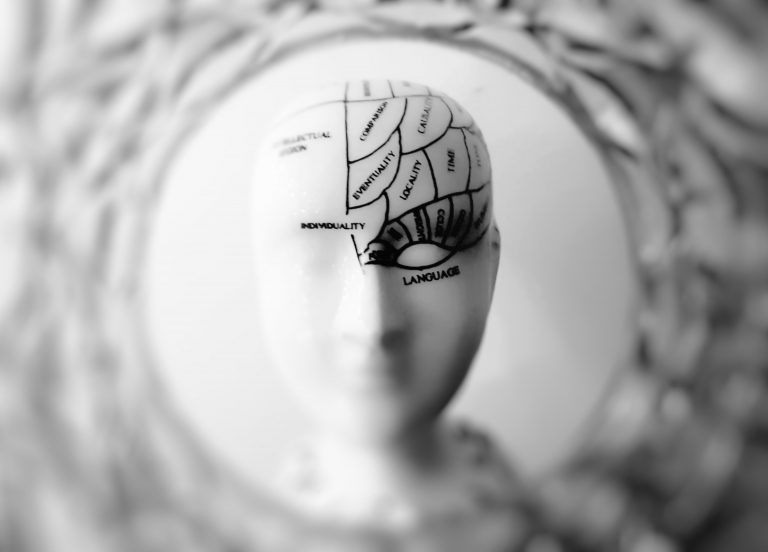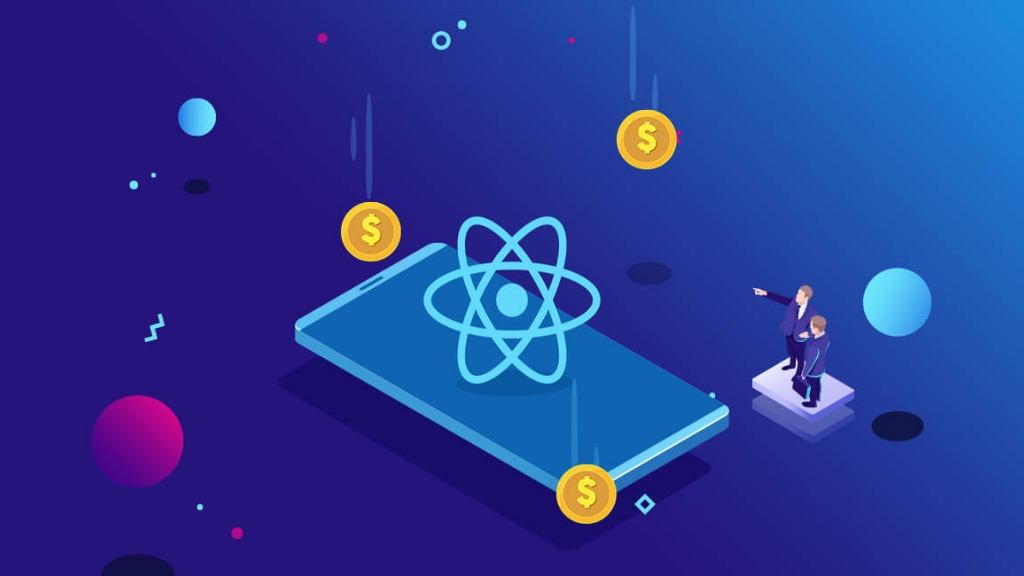Don't miss the chance to work with top 1% of developers.
Sign Up Now and Get FREE CTO-level Consultation.
Confused about your business model?
Request a FREE Business Plan.
The Power Of Design Thinking
Table of contents

The first few decades of the information technology century in the business world- from the initial days of the mainframe computing to the internet break-through- was all about a quest for greater optimization and efficiency.
[Tweet “twitter”]
Going by the to-do list, we’ve achieved most of it. Today, technology has uplifted everything it has touched giving way to value creation, growth enablement, speed and transformation. But technology alone is inefficient in the ongoing scenario, it needs a bit of garnishing from the creative side.
Creativity is In-Vogue!!
“We can’t solve problems by using the same kind of thinking we used when we created them.”- Albert Einstein
“Creativity is nothing but the way to solve new problems.”- Anonymous Tech Geek
These two statements define why it’s necessary to be creative. Let’s take a closer look – Thomas Edison invented the light bulb and also hold the record for 1,093 patents. 1,093 mind-boggling ideas, among which only a handful was realized and practised. Think about the infinite number of ideas which didn’t climb the patent ladder, thus making it pretty clear that even most creative people rarely taste success on their first journeys. But does this stop them from thinking more new ideas? No, rather from those unsuccessful ideas, newer and more developed ideas grow.
Moving ahead with a 360-degree approach to solving problems gives way to unique contexts on usability, utility and possibility. Ideas are the seeds for innovation. It’s a complete crest-trough process of trial and error; you learn from every failure and iterate by straining, modifying or building a new version. And in this era where the creative economy is steadily emerging amidst an eruptive and dynamic global economy, the potential to evolve and innovate has never been more crucial.
Grow With Empathy
The dawn of the fourth industrial revolution, innovation intervals are bridging the gap at a breakneck pace. Organisations are scrambling to imitate the pace and ability to emerge businesses and are striving towards consumer attentiveness in an already existing saturated market. In the present scenario, innovation and creativity are the most crucial ingredients for achieving success in developed economies. Where the improving technology is leading to an uplifting change in the business landscape and making jobs more automated, the workforce has the opportunity to make a mark by leveraging empathy by critically thinking, evaluating things and offering creative, emotional and rational value where gadgets cannot.

Enter Design Thinking- not a new word in the dictionary, but one which recently has created a buzz in various sectors across the globe. Talking about an innovator, this concept is all about putting forth an approach which minimizes variability and the risk of innovation. With design thinking, the focus is shifted to rapid iterations and active participation of the customers thereby helping you address the root cause and help you deliver what the end-user actually needs.
Infusing the business with a design-oriented approach which keeps the customer in the driver seat may not only give measurable and real-time results but will also give a striking competitive edge.
Why Design Thinking?
Its a foundation for pinpointing and solving problems. This mindset has proven to be very useful for small-business owners and entrepreneurs as it helps them to see the world through their customers’ eyes; how to find those users’ real-time needs; how to bring about ideas to solving these problems; and how to quickly make out the idea(s) which is feasible in the market.
Design Thinking Approach
The five-stage design thinking approach was proposed by the Hasso Plattner Institute of Design at Stanford University. D.School as its known as is the leading university in the world of design thinking. The model goes on as

Empathize: Understand customers inside-out and empathize with them.
Define: Determine the issue which needs to be solved and look out for all the possible solutions.
Ideate: Channelise your eyes on the outcome, not the current constraints.
Prototype: Make use of prototypes while scouting possible solutions.
Test: Test the solutions, reflect on the end-results, brainstorm to find the solution, use it and repeat the whole process.
ROI from Design
Making design the frontrunner has benefited endless companies, let’s take about the most eminent ones
Nike- Swoosh, one of the most popular logos in the world has managed to sell merchandise worth millions through years. The logo which was designed way back in 1971 for just $35. However, 47 years later that $35 icon has emerged into a household brand, whose worth was estimated to be around $15billion dollars by Forbes.
Interestingly, a few years back Sports channel ESPN.com garnered endless feedback for their hard to navigate homepage and cluttered user experience. All they did was redesign their website, which resulted in a 35% increase in the website revenues.
Design Thinking & Mobile App Development
World’s best tech firms have given UI/UX the decision making position. Delivering a seamless mobile/web user experience is very critical to app design. Design thinking is not just about the appearance of an application. Empathy with the users is the most important thing which is taken for granted by most IT organisations.
In the words of Ideo, a globally renowned design agency defines design thinking as “The race to accelerate business calls for organizations to deliver bigger, faster and better innovations, design thinking is proving an important tool to help employees gain greater clarity and to find viable and desirable ideas in the creative process.”
The crux is this concept helps IT professionals in bridging the gap between enterprises and end-customers.
By putting their heads to what the customer needs, businesses can terminate application bloat, lead to mobile app adoption and thereby get add to the organisations’ value through enterprise mobility.
Rate this article!
(4 ratings, average: 3.50 out of 5)
Join 60,000+ Subscribers
Get the weekly updates on the newest brand stories, business models and technology right in your inbox.

Experiencing the journey with excitement, tackling the obstacles with the zeal to disrupt the vision of the world through her words is what defines the attitude of Vaishali Sonik. Vaishali a.k.a. Maggie took a turn from her Masters Journey in E.C.E to become an Internet influencer. Since 2014, she has been blending & molding her words to express the knowledge she has alongside learning herself at every step. She describes her profession as an Online Content Strategist & Writer, a way to learn something new at every step.

Telemedicine 2.0 - A Comprehensive Guide On What Healthcare Providers Need To Know?
Discover how the latest advancements like Artificial Intelligence in telemedicine are reshaping patient care. This comprehensive resource offers insights into the key trends and innovations driving this shift, providing valuable knowledge for healthcare professionals looking to stay ahead.
Download Now!Subscribe to Unlock
Exclusive Business
Insights!
And we will send you a FREE eBook on Mastering Business Intelligence.


















